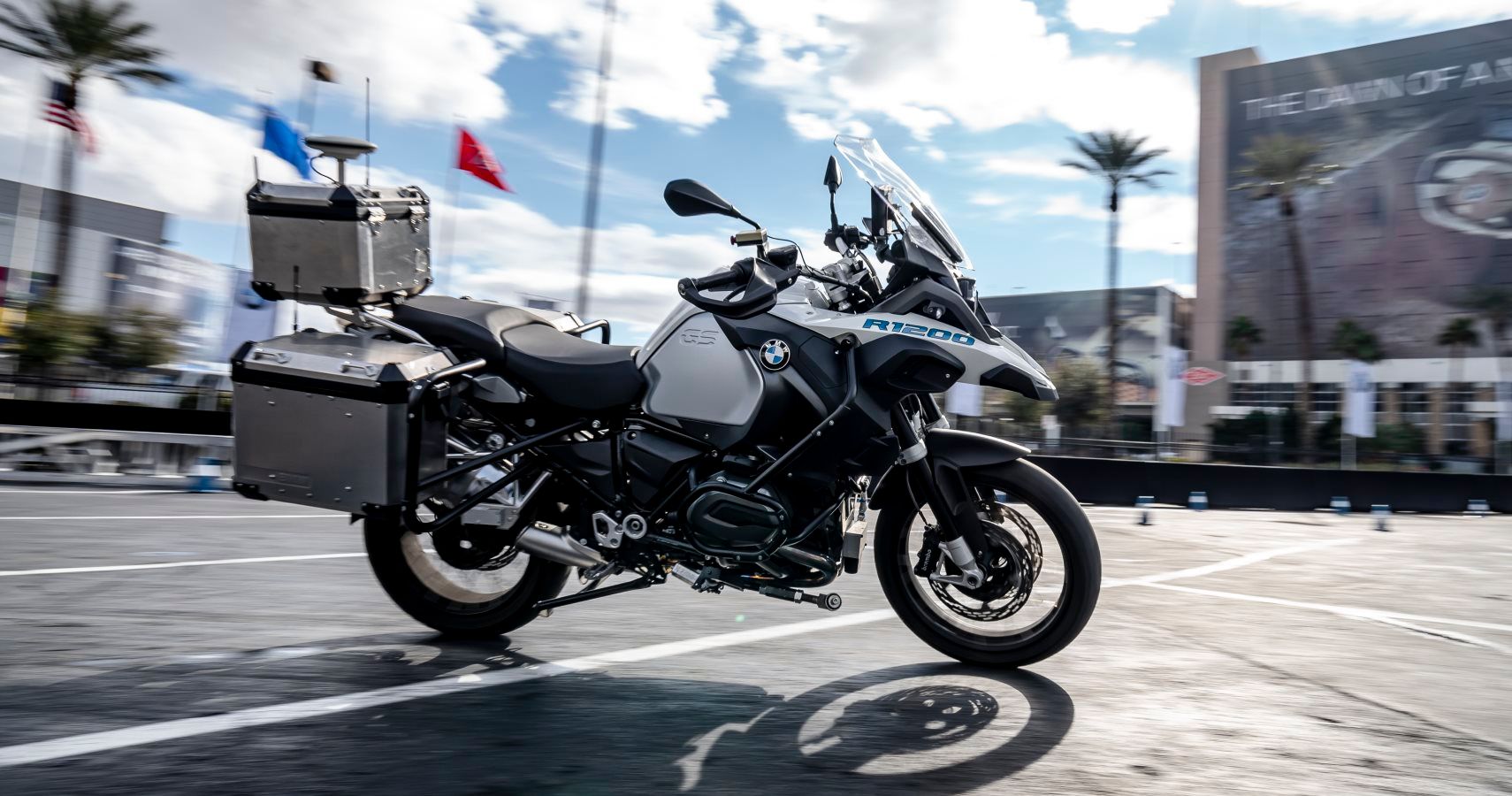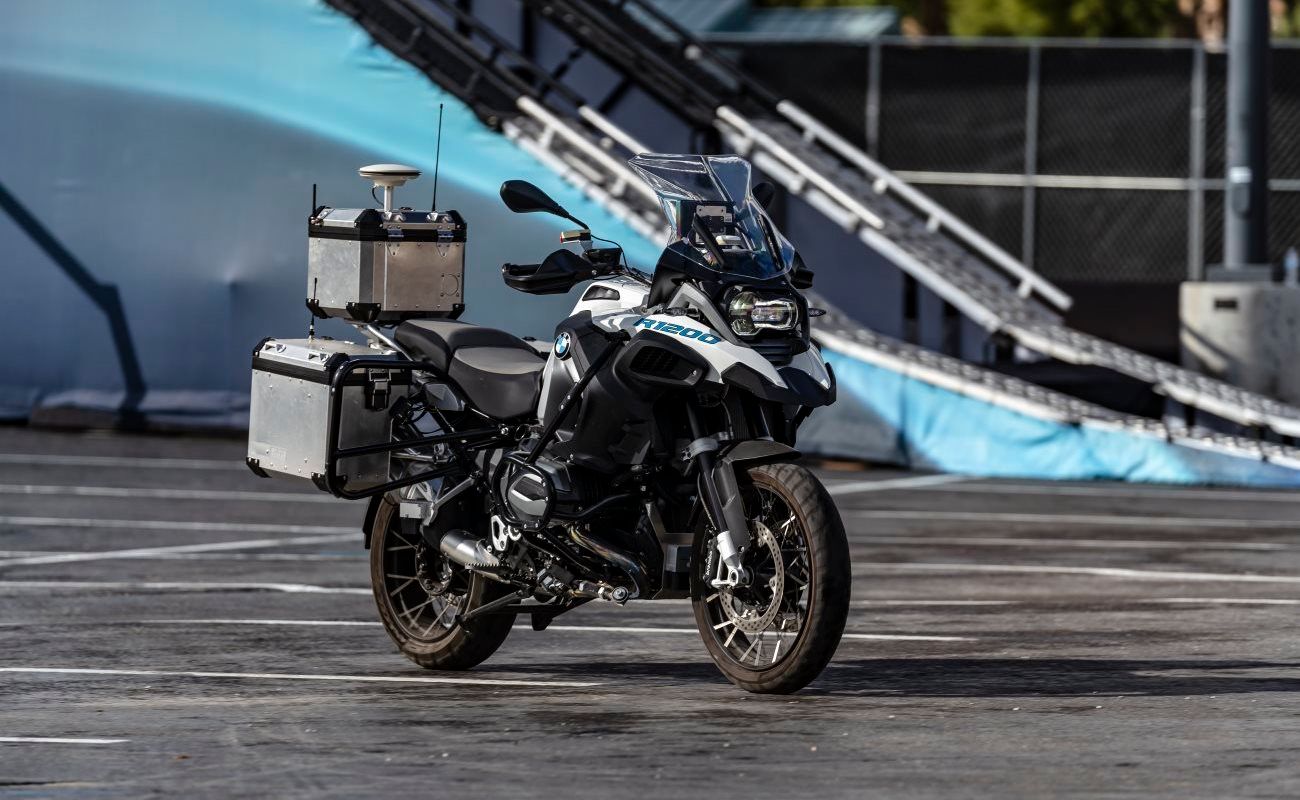BMW made a self-driving motorcycle for some reason and is displaying it at the Consumer Electronics Show.
On first blush, you might be wondering just why BMW made a self-driving motorcycle. After all, most consider the whole point of a motorcycle to be the ultimate driving experience, to have absolutely nothing between you and certain disaster save for your ability to drive two wheels.
A self-driving car makes sense for a driver that’s too tired or otherwise incapacitated since they can just sit in a comfy chair to be driven home without much chance of calamity, but a motorcycle doesn’t have things like a seatbelt or doors to keep an unconscious driver inside the vehicle.
So this begs the question of BMW: why a self-driving motorcycle?
"There is no consumer plan for this bike. This is not going to replace your pizza delivery scooter. Rather, we are asking how we can aid the rider and help them to be safer and enjoy the ride more,” BMW Motorrad US vice president Michael Peyton told Autoblog.
“Initially, interestingly enough, there was not a lot of pushback. I guess this is the benefit of being part of a carmaker aware of where technology is going. The big decisions were around deciding what further tech we want to involve because part of charge at BMW is to be progressive and innovative."
Initially revealed to the public last September, the otherwise stock R 1200 GS has various sensors and computers installed in metal boxes that appear to be saddlebags. A large radio antenna is actually a receiver that accepts human inputs from a distance.
However, this is no remote-controlled bike. The inputs this bike receives are very vague, such as “wide left turn” or “sharp right turn”, and the bike itself has to use its onboard sensors and silicon brain to figure out how best to carry out its orders.
RELATED: OLD BMW SERIES 1s CAN LOOK JUST LIKE 2002s THANKS TO EVERYTIMER AUTOMOBILE
There’s no gyroscope keeping this bike upright. Instead, it uses the same methods that a human would in order to keep driving, which is counter-steering.
The focus of the self-driving bike was to create a testbed that could be used to explore driver-assistance software in motorcycles with the idea of training new drivers. Peyton also revealed that BMW wants to have something that could interact with other self-driving and interconnected vehicles in order to prevent the humble motorcycle from disappearing from public roads.
"We ... want to look at ways to mitigate the possibility, as autonomy comes in, of roads being shut to non-autonomous-enabled vehicles, especially to motorcycles, because they're too much of an unpredictable variable,” he said.
NEXT: STARTUP COMPANY LOOKS TO AVIATION INDUSTRY FOR EFFECTIVE SELF-DRIVING TECHNOLOGY


